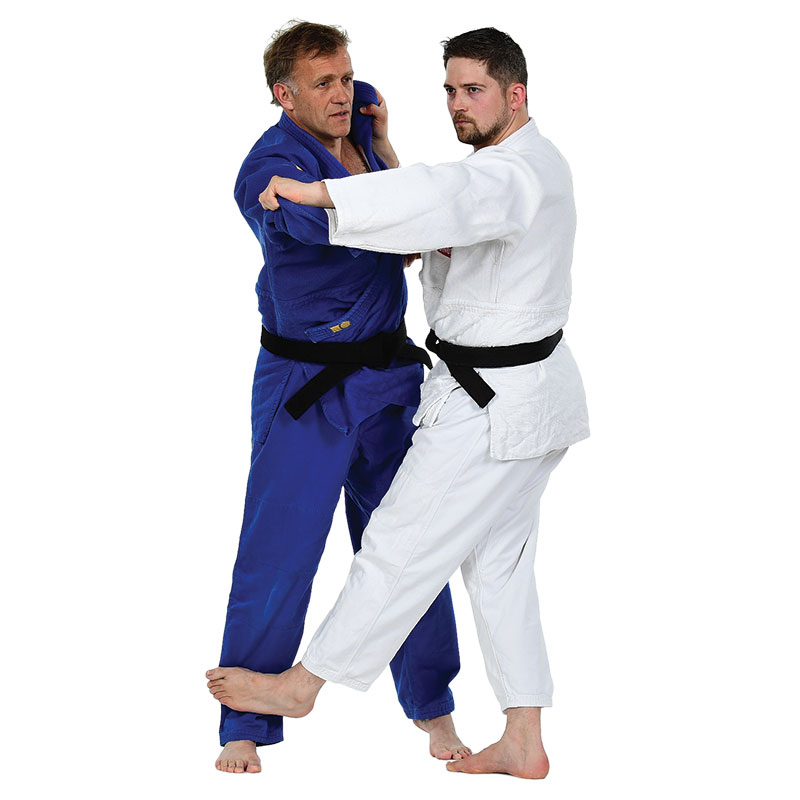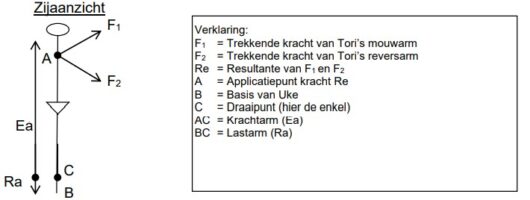Sasae-tsurikomi-ashi 支釣込足
Propping Lift-Pull Foot Throw
Classification: Ashi-waza (foot/leg technique)
Japanese meaning:
-
Sasae = support or prop
-
Tsuri = lift
-
Komi = pull inward
-
Ashi = foot
Technical Description
Sasae-tsurikomi-ashi is a classical foot technique in judo, and one of the original 40 throws of the Kodokan (Gokyo no Waza). It is executed by blocking your opponent’s supporting leg while simultaneously lifting and pulling them over the block using your grip on their gi.
When performed to the right, the throw begins by breaking uke’s balance (kuzushi) toward their front-right corner. As uke begins to shift their weight onto the right foot, tori places the sole of their own right foot just above uke’s ankle to prevent forward movement.
With a coordinated pulling motion (tsurikomi) using the arms, uke is lifted and rotated over the foot block. Tori leans back and rotates left, completing the throw and guiding uke to the ground.

Biomechanics of Sasae-tsurikomi-ashi
This technique functions as a lever throw:
-
Tori’s blocking foot becomes the pivot point located just above uke’s ankle.
-
The grip arms (F1 and F2) apply coordinated upward and pulling forces.
-
This draws uke forward, rotating them around the blocked leg.
-
The throw’s power comes from the combination of:
-
Controlled unbalancing,
-
Proper timing,
-
Coordinated upper and lower body synergy.
-
It is a technique where finesse, timing, and precision take precedence over raw strength.

Did You Know?
Sasae-tsurikomi-ashi is one of the most commonly used techniques in modern competition judo?
Here’s why:
-
It can be executed both left and right using the same grip (kumi-kata).
-
It can be used as a direct attack, or seamlessly inserted after a feint or combination (e.g. faking an O-soto-gari before switching to Sasae).
-
Because tori does not need to fully enter or commit their body as in some hip throws, it is an excellent choice for quick, reactive attacks and counterattacks.
Dutch judo legend Anton Geesink used to refer to the concept of a “play arm” and “play leg” — where deceptive movements and control would set up a surprising throw. Sasae-tsurikomi-ashi is a perfect illustration of that idea in action.